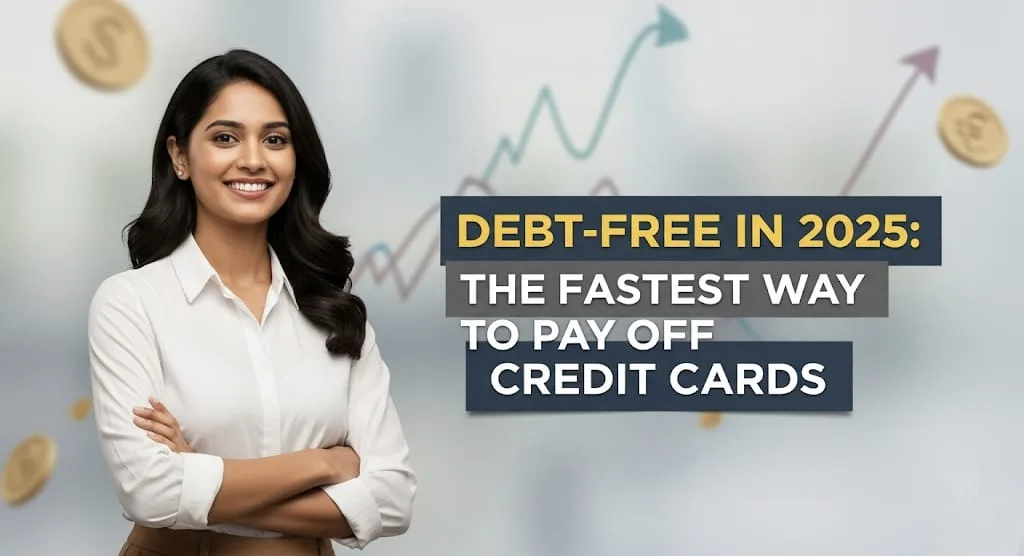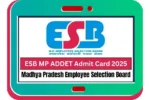Credit Cards : The year 2025 holds the promise of financial freedom for many, but for those burdened by credit card debt, it often feels like a distant dream. High interest rates, mounting balances, and the endless cycle of minimum payments can be incredibly demoralizing. However, achieving a debt-free status is not just a pipe dream; it’s an achievable goal with the right strategy and unwavering discipline. This article dives into the most effective ways to aggressively tackle your credit card debt, putting you on the fast track to financial liberation in 2025.
Understanding Your Credit Card Landscape 🗺️
Before embarking on any repayment journey, it’s crucial to get a clear picture of your current debt situation. This isn’t just about knowing the total amount you owe; it’s about understanding the nuances that impact your repayment speed.
- List All Your Debts: Compile a comprehensive list of every credit card you owe money on. Include the creditor’s name, the outstanding balance, the interest rate (APR), and the minimum monthly payment.
- Identify High-Interest Cards: Credit card interest rates, which can easily hover around 20-25% or even higher, are your biggest enemy. Pinpointing these high-APR cards is paramount as they drain your money the fastest.
- Assess Your Income and Expenses: Create a detailed budget. This means tracking every rupee that comes in and every rupee that goes out. Identify areas where you can cut back, even small amounts, to free up more funds for debt repayment.
Strategic Repayment Methods: Your Arsenal Against Debt ⚔️
With a clear understanding of your debt, it’s time to choose a repayment strategy. Two popular and highly effective methods stand out: the Debt Cards Avalanche and the Debt Snowball.
The Debt Avalanche Method: Targeting the Beast First 🏔️
This method focuses on saving you the most money in the long run by prioritizing the debts with the highest interest rates.
- Order by APR: Arrange your credit card debts from the highest interest rate to the lowest.
- Attack the Top: Direct all your extra payments towards the card with the highest APR, while making only the minimum payments on all other cards.
- Roll Down: Once the highest-interest card is paid off, take the money you were paying on that card (both the minimum payment and any extra funds) and apply it to the card with the next highest interest rate. Continue this process until all your credit cards are paid off.
Why it works: Mathematically, this is the most efficient way to pay off debt as it minimizes the total interest you’ll pay over time.
The Debt Snowball Method: Building Momentum snowball ❄️
While the avalanche method is financially optimal, the snowball method offers a psychological boost that can be incredibly motivating, especially if you have many small debts.
- Order by Balance: List your credit card debts from the smallest outstanding balance to the largest.
- Tackle the Smallest: Focus all your extra payments on the card with the smallest balance, while making minimum payments on all other cards.
- Gain Momentum: Once the smallest debt is paid off, take the money you were paying on that card and “snowball” it onto the next smallest debt. This creates a sense of accomplishment and builds momentum as each debt is cleared.
Why it works: The quick wins of paying off smaller debts can keep you motivated and committed to your repayment plan.
Beyond Repayment Strategies: Accelerating Your Journey 🚀
While the avalanche and snowball methods are cornerstones, there are other powerful tactics to speed up your debt-free journey.
0% APR Balance Transfer Cards 💳➡️💰
If you have excellent credit, a balance transfer card can be a game-changer. These cards offer an introductory 0% APR period (often 12-24 months), allowing you to transfer high-interest balances and pay them down without accruing additional interest.
- Shop Around: Compare offers carefully, paying attention to the introductory period length and any balance transfer fees (typically 3-5% of the transferred amount).
- Create a Repayment Plan: Ensure you have a solid plan to pay off the transferred balance before the 0% APR period expires. If you don’t, you’ll be hit with the card’s standard (and often high) APR.
- Avoid New Purchases: Do not use the balance transfer card for new purchases during the promotional period, as these often accrue interest immediately at a higher rate.
Debt Consolidation Loans 🤝
For those with multiple high-interest debts, a personal loan for debt consolidation can simplify your payments and potentially secure a lower overall interest rate.
- Single Monthly Payment: Consolidating multiple credit card debts into one loan means just one monthly payment to manage, reducing the risk of missing due dates.
- Lower Interest Rates: If your credit score is good, you might qualify for a personal loan with a lower interest rate than your credit cards, saving you money.
- Fixed Repayment Schedule: Personal loans come with a fixed repayment term, giving you a clear end date for your debt.
Boosting Your Income & Cutting Expenses 💰✂️
This is perhaps the most direct way to accelerate your debt repayment.
- Find Extra Income: Consider a side hustle, freelance work, selling unused items, or asking for a raise. Every extra rupee can be directed towards your debt.
- Aggressive Budgeting: Beyond cutting obvious expenses, scrutinize every discretionary spending category. Can you reduce dining out, subscriptions, or entertainment costs? Even small sacrifices add up significantly.
Stop Using Your Credit Cards (Temporarily) 🚫
This might seem obvious, but it’s often the hardest step. If you’re serious about becoming debt-free, put your credit cards away. Consider freezing them (literally!) or leaving them at home. The goal is to prevent any new debt from accumulating while you’re diligently working to pay off the old.
Staying Motivated and Disciplined 💪
Paying off debt is a marathon, not a sprint. There will be days when it feels overwhelming, but consistency is key.
- Track Your Progress: Visualizing your debt decrease can be incredibly motivating. Use a spreadsheet, an app, or even a simple chart to see your balances shrinking.
- Celebrate Milestones: Acknowledge and celebrate small victories along the way. Paying off your first card, or reaching a certain percentage of your total debt, deserves recognition.
- Build an Emergency Fund: Once you’ve made significant progress, start building a small emergency fund (e.g., ₹10,000-₹20,000). This prevents you from falling back into debt for unexpected expenses.
Conclusion: Your Debt-Free 2025 Awaits! 🎉
Achieving debt freedom in 2025 is an ambitious yet entirely attainable goal. By understanding your debt, strategically choosing a repayment method, leveraging tools like balance transfers or consolidation, and committing to a disciplined approach to your finances, you can break free from the shackles of credit card debt. The journey requires effort and patience, but the peace of mind and financial flexibility that come with being debt-free are immeasurable rewards. Start today, stay consistent, and watch 2025 transform into the year of your financial liberation.
Frequently Asked Questions (FAQs) 🤔
Q1: Is it better to use the debt avalanche or debt snowball method?
A1: The debt avalanche method is mathematically superior as it saves you more money on interest by targeting the highest APR debts first. However, the debt snowball method offers psychological wins by clearing smaller debts quickly, which can be highly motivating for some individuals. The “best” method is the one you can stick with consistently.
Q2: Can I get a 0% APR balance transfer card with bad credit?
A2: Generally, 0% APR balance transfer cards are reserved for individuals with good to excellent credit scores (typically 670+). Lenders need to see a strong repayment history to offer such favorable terms. If your credit is poor, focusing on building it up first or exploring debt consolidation loans might be more suitable.
Q3: How important is building an emergency fund while paying off debt?
A3: Extremely important! While it might seem counterintuitive to divert funds from debt repayment to savings, an emergency fund acts as a safety net. Without it, unexpected expenses (like a medical emergency or car repair) could force you to rely on credit cards again, undoing all your hard work. Aim for a small initial fund (e.g., one month’s essential expenses) and then scale it up once significant debt is cleared.



